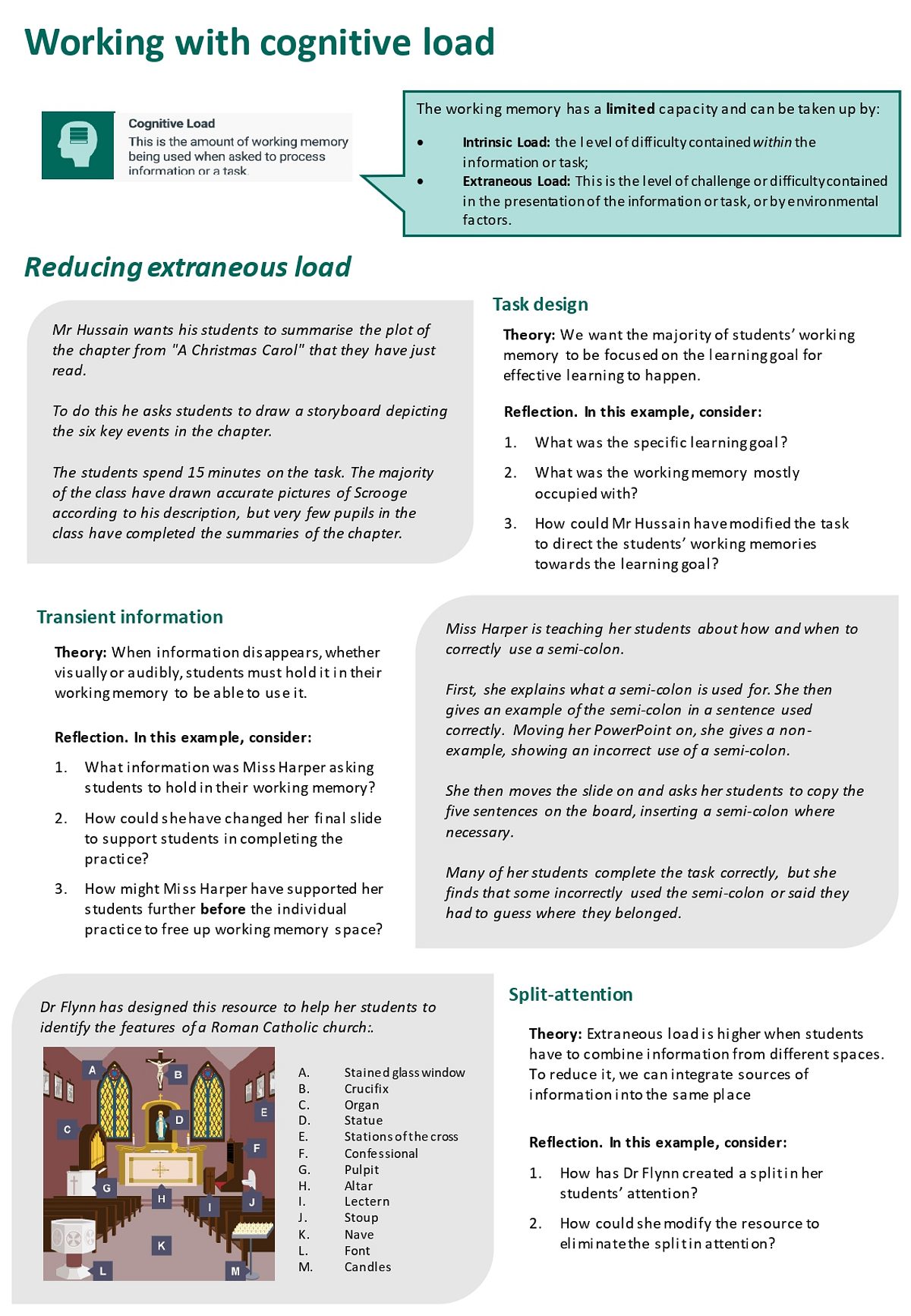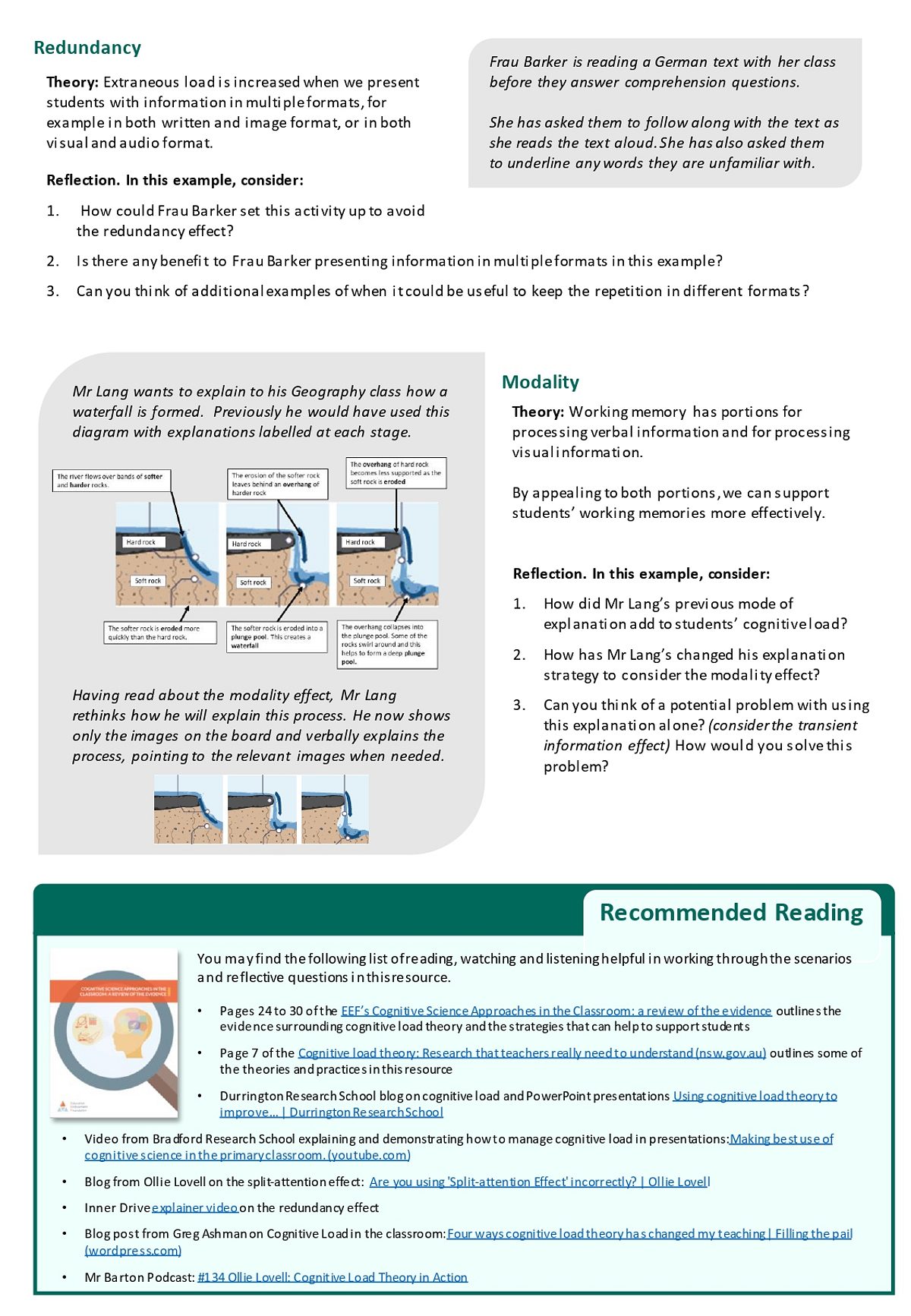Waking up on New Year’s Day, I, like many, set myself a resolution. For some it was a promise of ‘dry January’ or a mammoth house clear out, for me it was trying a new hobby. I bought myself all the gear needed to master crocheting, enthused by visions of future creations.
Pattern and hook in hand, I sat down to start my first masterpiece. I read the instructions. I read them again, looking at the accompanying diagrams. After several failed attempts, I was well and truly stuck – both mentally and physically with yarn tangled between my fingers.
Was this new skill beyond my abilities to understand? Or was I instead a victim of confusing instructions?
These are questions we may find ourselves asking in our classrooms when introducing new content that didn’t quite seem to click with our students. In some cases, the content is beyond our students current understanding, but in many others, the issue is not considering cognitive load.‘
In my previous blog, we established three key ideas relating to cognitive load:
1. Cognitive load refers to how much of the working memory is used when asked to process information or a task.
2. The working memory has a limited capacity and can become overloaded.
3. Intrinsic load can lead to learning but can be optimised by deliberate practice and retrieval of relevant knowledge.
But it’s also crucial to consider extraneous load – the level of challenge contained in how information is presented.
Unlike intrinsic load, this is the type of load that we want to reduce. If the extraneous load is too high, then the majority of working memory will be directed towards things that are not related to the fundamental learning we want to happen.
Some common sources of extraneous load can be:
- Task design – when students’ working memories are directed to an aspect of the task that is not fundamental to the learning goal.
- Presentation – when the presentation of information is complex. This could be in an overcomplicated resource, a too-busy slide or long-winded verbal explanation.
- Split-attention – when students are required to process information that is in two or more different spaces. This, again, could be visually or verbally.
- Transient information – when students are expected to hold new information in their working memories while completing a task.
We’ve created a new resource to help you and your colleagues to explore sources of extraneous load through a series of vignettes and reflective questions.
Consider how you may use the resource:
- for developing understanding of extraneous load in practice;
- in supporting early career teachers and their mentors to consider different ways they may be contributing to extraneous load; and
- for revisiting and embedding existing knowledge of cognitive load.
Understanding that cognitive load can arise from not only complex subject matter, but also how we present this content, can lead us to more deliberate lesson planning and resource creation, so we can avoid cognitive overload and support our students’ learning.
Take a look at the new resource.


You may be interested in:
Pages 24 to 30 of the EEF’s Cognitive Science Approaches in the Classroom: a review of the evidence, outlines the evidence surrounding cognitive load theory and the strategies that can help to support students.
